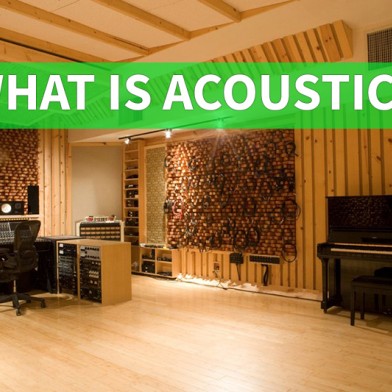WHAT IS ACOUSTICS?
- 10 February 2021 22:29:47
- Reviews: 0
- Views: 1206
-

Acoustics is a branch of physics and technology that studies the formation, propagation and influence of acoustic waves. Acoustics as a science can be divided into several different areas, from general acoustics, which deals with the fundamentals, to applied acoustics, which is used to study acoustic phenomena in practice. Among the various concepts related to acoustics, we distinguish between geoacoustics, which deals with the propagation of acoustic waves in the earth's crust, and hydroacoustics, which studies the propagation of sound in water.
Direct concepts related to humans are acoustics of hearing, related to how a person hears and the structure of the auditory system, and sound acoustics. This science involves the study of the frequency range that a person hears. This range is different for everyone and usually ranges from 20 to 22,000 Hz. Sounds below 20 Hz are called infrasound, and above 22000 Hz - ultrasound, these are frequencies that are not audible to humans, but are heard by some animals, such as dogs.

Acoustics in general is most often related to how we hear. Often, when evaluating a given room or play equipment, we determine whether it is good or bad acoustics. We are talking about good acoustics, for example, when the speaker's words reach us without distortion and fading, with an appropriate loudness. It's the same with music, when it sounds clear, all the instruments are clearly audible, or the musical stage is clearly distinguishable. All these factors are related to internal acoustics.
From the point of view of our company, the most important for us is the acoustics of the interior and the environment (architectural, building and urban acoustics). To obtain the highest quality acoustics when recording and listening to music, as well as speech intelligibility, it is necessary to make the necessary calculations and select materials and construction work already at the design and construction stage. Often the mistakes made at this stage are difficult, and sometimes even impossible, to eliminate or require huge financial costs. It is estimated that even 90% of the quality of the music played in a given room is the responsibility of the room itself, while the remaining 10% is due to technical equipment such as players, speakers, etc.


